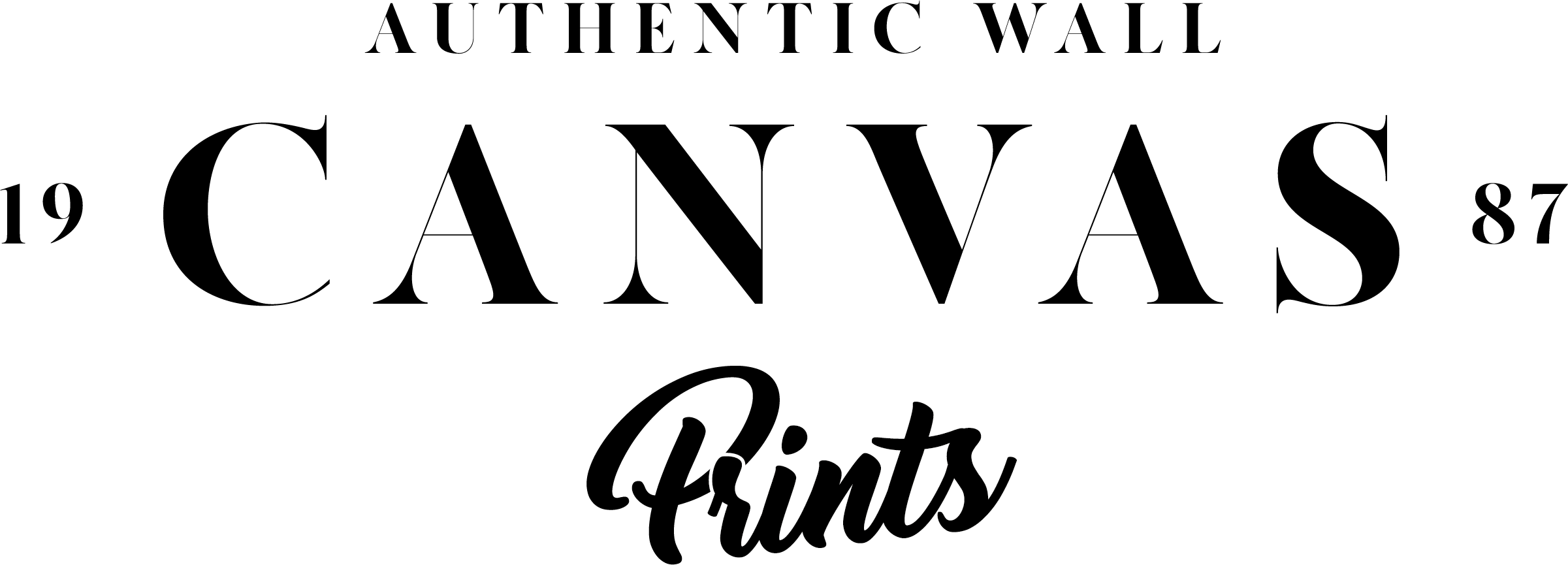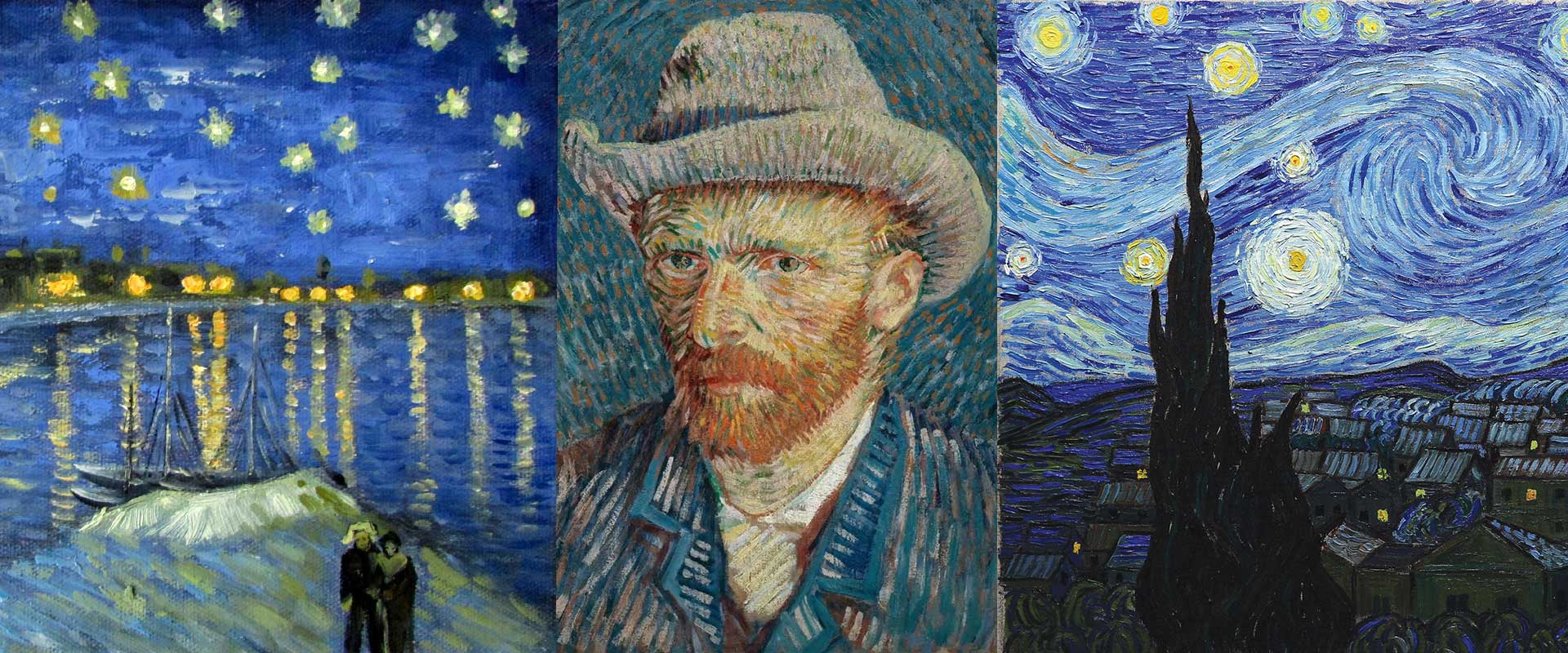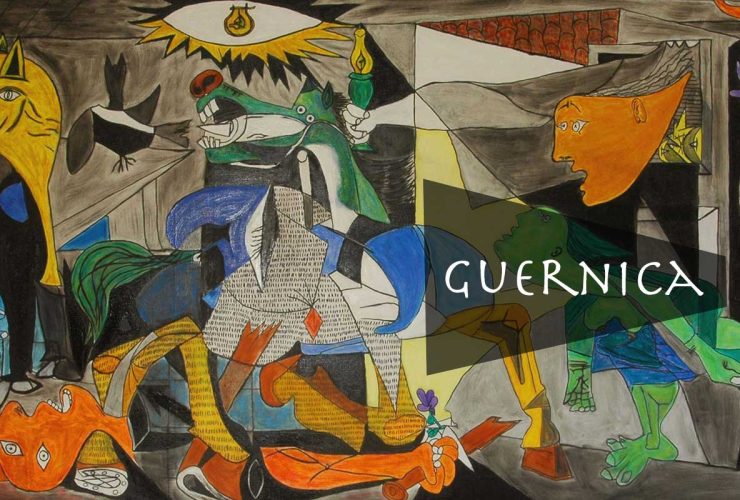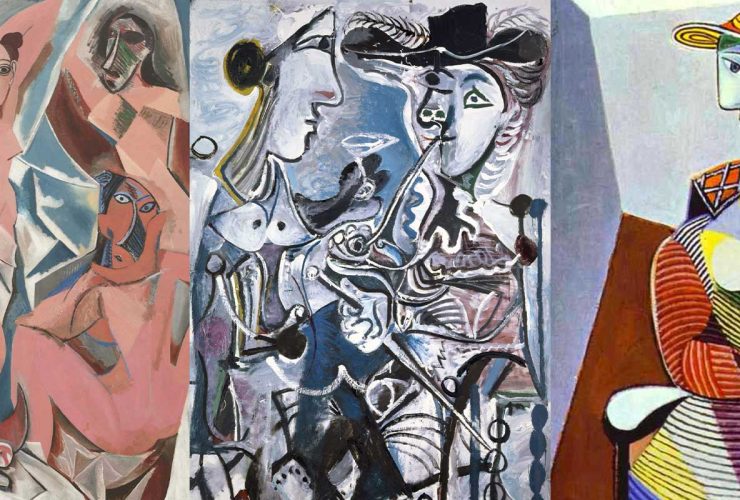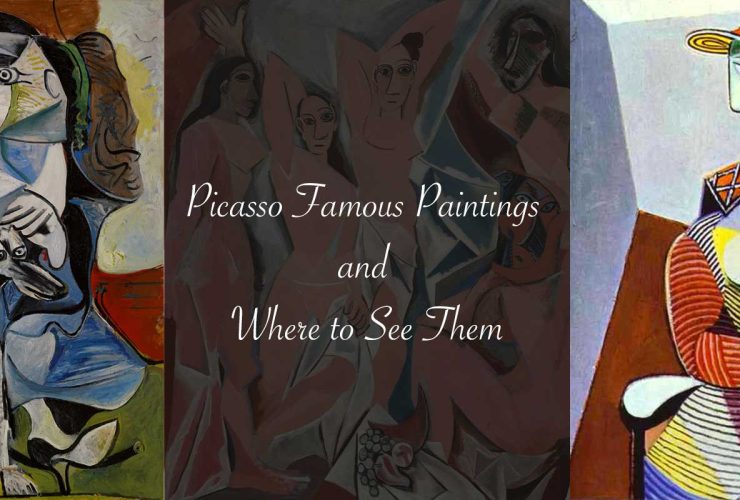When people mention Starry Night, most picture Vincent van Gogh’s swirling night sky painted from an asylum in Saint-Rémy-de-Provence. But what many don’t realize is that Van Gogh created another nocturnal masterpiece just a year earlier—Starry Night Over the Rhône.
At first glance, the titles sound almost interchangeable. Both feature the night sky. Both showcase stars. Both are beloved by art lovers worldwide. But in truth, Starry Night Over the Rhône and The Starry Night are two entirely different paintings, each reflecting a unique moment in Van Gogh’s life, a distinct emotional tone, and a separate creative vision.
In this article, we’ll explore the differences between these iconic works, what they reveal about Van Gogh’s evolving style, and why both continue to captivate audiences over a century later.
Background: Two Paintings, Two Cities, One Obsession
Starry Night Over the Rhône
- Date: September 1888
- Location: Painted outdoors in Arles, France
- Medium: Oil on canvas
- Now Housed At: Musée d’Orsay, Paris
The Starry Night
- Date: June 1889
- Location: Painted from memory in the asylum at Saint-Rémy-de-Provence
- Medium: Oil on canvas
- Now Housed At: Museum of Modern Art (MoMA), New York
The Visual Differences: What Each Painting Shows
Starry Night Over the Rhône
- Depicts a realistic night scene along the Rhône River.
- Shows gas lamps from the town reflecting on the water.
- Includes a recognizable constellation (Ursa Major).
- Features two human figures in the foreground—a rare presence in Van Gogh’s night paintings.
- The water glistens, the sky twinkles gently, and the composition feels peaceful and connected to reality.
The Starry Night
- Created from imagination and memory, not direct observation.
- Features swirling stars, a dramatic crescent moon, and a stylized village and church steeple.
- Dominated by a towering cypress tree, often interpreted as a symbol of death or spiritual yearning.
- The sky is alive with movement and emotion—less about a place, more about a state of mind.
Color and Mood: Calm vs Chaos
| Element | Starry Night Over the Rhône | The Starry Night |
| Mood | Tranquil, romantic, serene | Intense, emotional, visionary |
| Color Palette | Deep blues, soft golds | Vibrant blues, yellows, bold contrasts |
| Energy | Reflective and still | Swirling and turbulent |
| Brushwork | Soft and controlled | Expressive and dynamic |
While both paintings feature stars and nighttime blues, they couldn’t feel more different. One shows a real riverbank lit by gaslights. The other shows a universe in motion, driven by inner turmoil and longing.
Emotion and Context: Observation vs Imagination
Van Gogh painted Starry Night Over the Rhône while still living freely in Arles. He often painted outdoors (en plein air), and this piece captures a very real, lived moment. There’s intimacy here—humans walking under the stars, lights flickering on water. It reflects hope, peace, and connection.
In contrast, The Starry Night was painted while Van Gogh was in an asylum. It’s not based on what he saw, but what he felt. The village in the painting doesn’t match what could be seen from his window. The swirling skies and cypress tree reflect internal chaos and spiritual yearning, not external reality.
“Why, I ask myself, shouldn’t the shining dots of the sky be as accessible as the black dots on the map of France?”
— Vincent van Gogh in a letter to Theo
This sentiment explains why The Starry Night became one of the most emotionally resonant works of all time.
Artistic Techniques: Controlled vs Expressive
- Starry Night Over the Rhône uses short, luminous strokes to depict light on water. It aligns with Van Gogh’s exposure to Impressionist influence, particularly in how he handled light and atmosphere.
- The Starry Night pushes further into Post-Impressionism and Expressionism, with thick impasto, dramatic swirling forms, and symbolic content.
The sky in The Starry Night almost takes on a life of its own—moving, breathing, churning—a representation of Van Gogh’s inner world at the time.
Symbolism and Legacy
Starry Night Over the Rhône
- Symbolizes hope, beauty in the present moment, and the power of observation.
- Less known to the general public but highly praised for its romantic elegance.
The Starry Night
- Symbolizes turmoil, longing, spirituality, and the artist’s internal universe.
- Arguably Van Gogh’s most famous painting, and one of the most recognizable artworks in the world.
Both paintings showcase Van Gogh’s obsession with the night sky—but from two completely different lenses: earthly observation versus emotional transcendence.
Common Misconception: Are They the Same Painting?
No, they are not the same painting, nor are they variations of the same scene. While they share visual similarities—like stars, blue hues, and nighttime atmosphere—they represent different phases in Van Gogh’s life, and entirely distinct purposes.
If Starry Night Over the Rhône is a love letter to the night, then The Starry Night is a plea to the cosmos.
Conclusion
So—is Starry Night Over the Rhône different from The Starry Night?
Absolutely.
Each is a star-filled masterpiece, but one captures the world as it was—the other, as Van Gogh felt it inside. Together, they represent two sides of the same artist: the observer of nature, and the explorer of the soul.
And that’s the power of Van Gogh—he didn’t just paint what he saw. He painted what he believed, what he hoped, and what he feared. And through both paintings, we glimpse not just the stars—but the man who gave them meaning.

